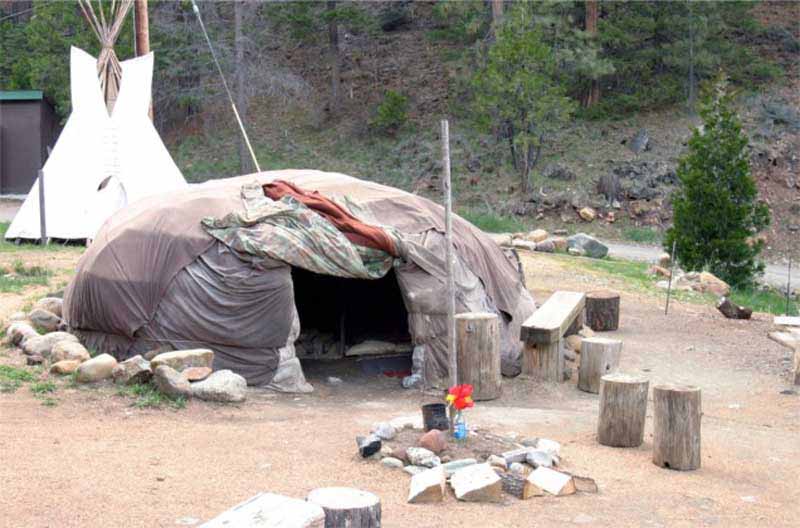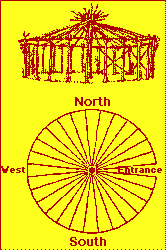When you hear the phrases "coming-of-age" or
"rites of passage," some well-known traditions might immediately come
to mind, even if they are not a part of our own culture. For example, in many
tribal cultures, the transition is often ceremonial, featuring some feat of
bravery or strength against pain, such as success in a first hunt, or surviving
painful tattooing or piercing. One might think of bar and bat mitzvahs for
Jewish boys and girls "becoming men and women" around the ages of 12
or 13. Or quinceañeras for 15-year-old girls in Latin America.
We might then think of "Sweet 16" birthday parties in America and the
milestone of earning the privilege to drive. From there, we think of turning 18
in America, and becoming a legal adult, and gaining the right to vote. Some
might even think of turning 21 in this list of rites of passage, which is the
American legal drinking age. (It might be imperative, even, to note that
driving ages and drinking ages are different all around the world, too.)
If we look back in history, we might even think of debutante balls, which announced when a girl of a particular family was now of a certain age, and therefore, able to make and take social calls, be courted, and get married. Maybe we would even remember phrases like, "You're becoming a woman now," for girls starting puberty and menstruation. Or, other phrases like, "She'll make a man out of you!" when guys are teasing about losing their virginities, might come to mind.
All of these are moments in a young person's life that mark a passage from one stage to another -- from childhood to a more mature stage -- whether that's adulthood, or specifically womanhood or manhood. Every culture (and subculture) has different moments that members feel mark the true moment to womanhood or manhood. Some might even say it's the transition to mother- or fatherhood.
But what is much less known is how Native Americans mark the "coming-of-age" for their youth. We especially wanted to contrast these commonly known traditions with the traditions specific to the Ojibwe culture, after having read the coming-of-age story The Round House by Louise Erdrich.
If we look back in history, we might even think of debutante balls, which announced when a girl of a particular family was now of a certain age, and therefore, able to make and take social calls, be courted, and get married. Maybe we would even remember phrases like, "You're becoming a woman now," for girls starting puberty and menstruation. Or, other phrases like, "She'll make a man out of you!" when guys are teasing about losing their virginities, might come to mind.
All of these are moments in a young person's life that mark a passage from one stage to another -- from childhood to a more mature stage -- whether that's adulthood, or specifically womanhood or manhood. Every culture (and subculture) has different moments that members feel mark the true moment to womanhood or manhood. Some might even say it's the transition to mother- or fatherhood.
But what is much less known is how Native Americans mark the "coming-of-age" for their youth. We especially wanted to contrast these commonly known traditions with the traditions specific to the Ojibwe culture, after having read the coming-of-age story The Round House by Louise Erdrich.





